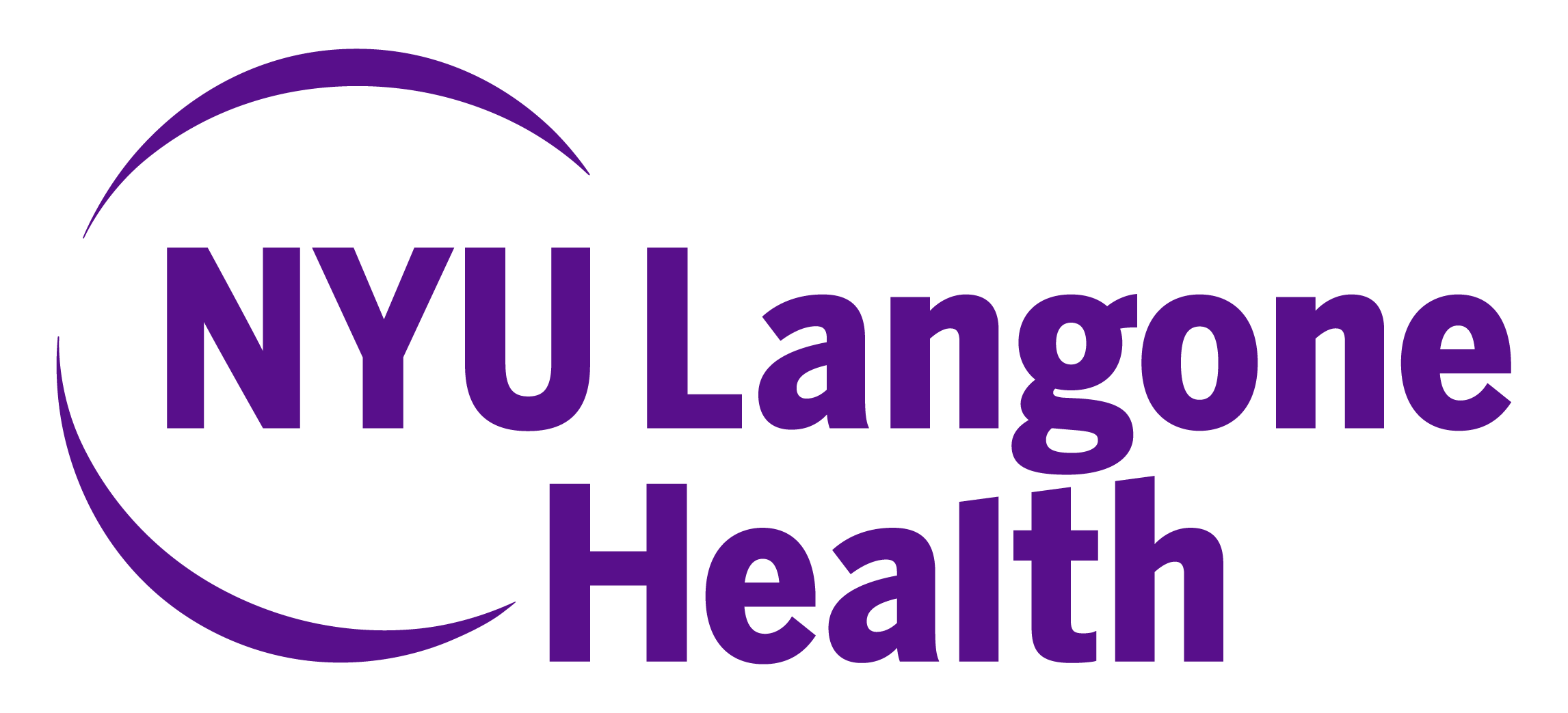- Advertise
- About OncLive
- Editorial Board
- MJH Life Sciences brands
- Contact Us
- Privacy
- Terms & Conditions
- Do Not Sell My Information
2 Clarke Drive
Suite 100
Cranbury, NJ 08512
© 2025 MJH Life Sciences™ and OncLive - Clinical Oncology News, Cancer Expert Insights. All rights reserved.
Durvalumab ± Tremelimumab + Chemotherapy in First-Line Metastatic NSCLC: 5-Year Overall Survival Update from the POSEIDON Study
Joshua K. Sabari, MD, reviews data from the 5-year overall survival update from the POSEIDON study investigating durvalumab, tremelimumab, and chemotherapy in first-line metastatic non–small cell lung cancer.
Background
- In the Phase 3 POSEIDON study, 1L treatment with tremelimumab + durvalumab + CT demonstrated statistically significant improvements in both PFS and OS vs CT alone in patients with mNSCLC
- PFS HR 0.72 (95% CI 0.60–0.86; p=0.0003)*; OS HR 0.77 (95% CI 0.65–0.92; p=0.0030)
- Based on these results, tremelimumab + durvalumab + CT was approved for 1L treatment of patients with mNSCLC
- Durvalumab + CT significantly improved PFS vs CT, with a positive trend for OS improvement that did not reach statistical significance1
- PFS HR 0.74 (95% CI 0.62–0.89; p=0.0009)*; OS HR 0.86 (95% CI 0.72–1.02; p=0.0758)
- Long-term follow-up analyses of OS were prespecified
- Here we report updated results after a median follow-up of >5 years‡, including analyses by histology (NSQ or SQ) and by STK11, KEAP1 or KRAS mutational status (m or wt)
Methods
- Durvalumab 1500mg ± limited-course tremelimumab 75mg + CT q3w for 4 cycles
- One additional dose of tremelimumab post-CT (week 16; 5th dose)
- Followed by durvalumab q4w maintenance until PD, and optional pemetrexed q4w
Results
- Sustained OS benefit for T+D+CT vs CT with HR 0.76 and 5-yr OS rates more than twice as high (15.7% vs 6.8%)
- Long-term OS benefit with T+D+CT vs CT more pronounced in NSQ with HR 0.69 and 5-yr OS rates 20.5% vs 9.1%
- OS benefit maintained for T+D+CT vs CT in STK11m with HR 0.57 and 5-yr OS rates 12.9% vs 0%
- OS benefit maintained for T+D+CT vs CT in KEAP1m with HR 0.43 (small sample size)
- OS benefit maintained for T+D+CT vs CT in KRASm with HR 0.55 and 5-yr OS rates 21.7% vs 8.1%
- SAEs, including AEs leading to death, were collected during long-term follow-up
- No other safety data were collected after the final analysis for OS superiority
- Since the final analysis‡, 7 additional patients experienced SAEs (including 1 considered treatment related) and 4 additional patients had AEs leading to death (none treatment related)
Conclusions
- Prespecified updated analyses from POSEIDON after median follow-up of >5 years demonstrate the durable long-term OS benefit of adding a limited course of tremelimumab to durvalumab (until PD) and 4 cycles of CT
- OS HR vs CT 0.76 (95% CI 0.64–0.89); 5-year OS rates more than twice as high (15.7% vs 6.8%)
- No new safety signals were identified in the long-term follow-up of SAEs
- Across patient subgroups, long-term OS benefit was generally consistent with the ITT population
- Updated OS benefit with tremelimumab + durvalumab + CT vs CT continued to be more pronounced in patients with NSQ vs SQ histology
- Consistent with earlier analyses,1,2 the addition of tremelimumab to durvalumab and CT provided OS benefit regardless of PD-L1 expression, including in patients with PD-L1 TC <1%
- OS benefit was maintained with tremelimumab + durvalumab + CT vs CT in STK11m (NSQ), KEAP1m* or KRASm (NSQ) mNSCLC
- Harder-to-treat mutational subgroups in mNSCLC will be further explored in the upcoming randomised Phase 3B TRITON study (NCT06008093)
- These results support the use of tremelimumab + durvalumab + CT as a 1L treatment option for patients with mNSCLC, including in harder-to-treat subgroups
Peters S, Chul Cho B, Luft A et al. LBA3 – Durvalumab ± Tremelimumab + Chemotherapy in First-Line Metastatic NSCLC: 5-Year Overall Survival Update from the POSEIDON Study. Abstract presented at ESMO Immuno-Oncology Congress 2023, December 6-8, 2023.


